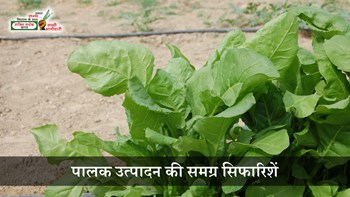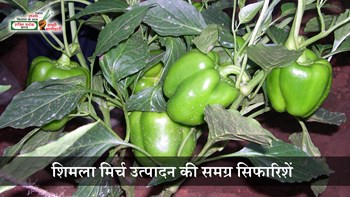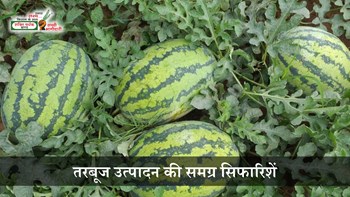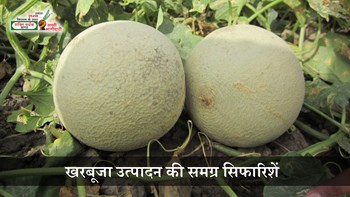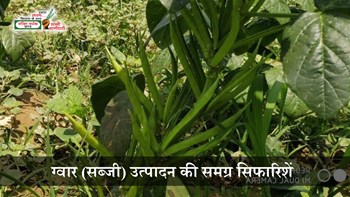Ideal Soil for Carrot Cultivation
Carrot can grow well in all types of well-drained, non-saline soils. However, loamy to sandy-loam soil is considered ideal. Fields with a hard subsurface layer may lead to malformed roots (forking). Proper soil structure is essential for quality produce.
Best Time for Sowing
-
The optimum sowing time is September.
-
Early sowing (July to mid-August) may result in poor germination, white roots, multiple root development, and lower quality.
-
Sowing can be done on raised beds or flat beds, ensuring better root formation.
Row spacing: 30 cm
Plant spacing: 8–10 cm
Seed Rate
-
Use 6–8 kg of seeds per acre for uniform plant population.
Land Preparation
-
Deep ploughing with a soil-turning plough followed by harrowing is recommended.
-
This helps in breaking the hardpan and improves root development.
-
Mix well-rotted farmyard manure (FYM) and DAP before sowing.
-
Remove previous crop residues and weeds thoroughly.
Fertilizer Management
-
Apply 20 tons of FYM per acre during land preparation.
-
Use the following chemical fertilizers per acre:
-
Nitrogen (N): 24 kg
-
Phosphorus (P₂O₅): 12 kg
-
Potassium (K₂O): 12 kg
-
-
Apply half of the nitrogen and full dose of phosphorus and potassium at the time of sowing.
-
Apply the remaining nitrogen 3–4 weeks after sowing as top dressing and hill up the soil around the base.
Irrigation Schedule
-
Carrot requires 5–6 irrigations during the growing period.
-
The first irrigation should be done immediately after sowing.
-
Ensure water reaches only up to 3/4th of the ridge height.
-
Subsequent irrigations should be done depending on weather and soil moisture.
Weed Management
-
Carrot fields usually face low weed pressure in the early stage.
-
However, if weed infestation occurs, remove them manually using a hand hoe.
-
For line-sown crops, perform earthing-up (soil hilling) 3–4 weeks after sowing.
Harvesting
-
Carrots are ready for harvest in 90–95 days after sowing.
-
Irrigate the field before harvesting and carefully lift the roots using a spade to avoid cuts and damage, which helps retain market quality.
Important Tips & Precautions
-
Avoid early sowing (July–August):
High temperatures may lead to poor germination, multiple roots, white roots, and stunted growth. -
Heavy or compacted soils:
Can cause "forking" or malformed roots. Ensure proper land preparation. -
Waterlogged soils or high water tables:
Lead to fiber formation and white, poor-quality carrots. -
Late harvesting:
Reduces taste and nutritional value. Carrots become woody and fibrous with lower weight. -
Delayed irrigation:
May cause root cracking, which affects market quality and price.

